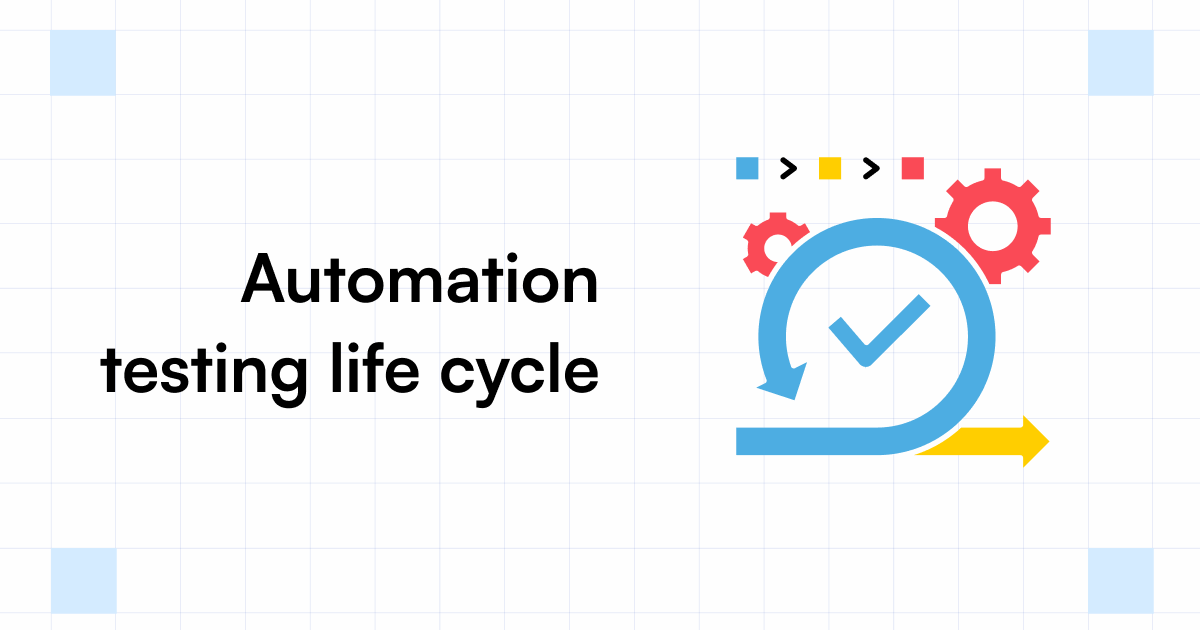Efficient Automation Testing: Enhancing Software Program Reliability and Speed
Making Sure Success in Automation Checking: Key Metrics, Obstacles, and Solutions Every QA Group Need To Know
In the realm of software application quality guarantee, the landscape of automation screening is ever-evolving, requiring a precise approach to make certain seamless procedures. The journey to grasping automation testing is led with subtleties that require an eager eye for monitoring, evaluation, and continual renovation. As the industry drives forward, the quest for ideal efficiency in automation screening remains a continuous search, prompting QA groups to equip themselves with the understanding and methods important for victory.
Relevance of Trick Metrics
Understanding the importance of vital metrics is important for examining the performance and efficiency of automation screening procedures. Key metrics work as measurable steps that offer valuable understandings right into various facets of the testing process, such as examination protection, test implementation time, issue density, and examination situation effectiveness. By evaluating these metrics, QA teams can determine bottlenecks, ineffectiveness, and locations for renovation within their automation screening framework.
One crucial aspect of crucial metrics is their capacity to track progression and keep an eye on the total wellness of the testing process (automation testing). They make it possible for stakeholders to make enlightened choices based on data-driven understandings, which can bring about more reliable testing methods and much better source appropriation. Additionally, key metrics can assist teams set realistic objectives, gauge the success of automation initiatives, and demonstrate the ROI of automation testing initiatives

Typical Difficulties Encountered
Challenges commonly encountered in automation screening processes can significantly affect the total performance and performance of QA teams. One of the major difficulties is the selection of the best examination instances for automation. Not all examination situations are appropriate for automation, and picking the wrong ones can cause lost time and resources. Additionally, maintaining examination scripts can be a difficult job, specifically as the application undertakes frequent modifications. Examination script maintenance calls for continual updates and adjustments to ensure they mirror the existing performance precisely. Another common obstacle is the first investment needed for setting up automation structures and tools. This can be a barrier for some companies, particularly smaller sized ones with restricted budgets. Automation screening might not cover all facets of testing, such as usability and customer experience testing, which still need hand-operated treatment. Overcoming these challenges requires appropriate planning, critical test case choice, durable maintenance procedures, adequate sources, and a clear understanding of the restrictions of automation screening.
Reliable Solutions for Challenges
To resolve the obstacles run into in automation testing, carrying out efficient remedies is necessary for improving the efficiency and performance of QA teams. One key service is to spend in durable training programs for QA teams to guarantee they have the essential skills to properly use automation tools. Training can bridge knowledge spaces, enhance understanding of automation structures, and enhance scripting capabilities, inevitably bring about more reliable test development and execution.
Another important service is to develop clear communication channels within the QA team and with other stakeholders, such as developers and project managers. Efficient communication aids in lining up assumptions, sharing progression updates, and quickly dealing with concerns or obstacles that might occur during the automation screening procedure.

Tracking and Evaluation Techniques
Carrying out efficient surveillance and analysis strategies is important for making certain the success and efficiency of automation testing processes. By using surveillance tools, QA teams can track the efficiency of examination manuscripts, determine traffic jams, and pinpoint locations for renovation. Real-time surveillance allows for quick detection of concerns, making it possible for rapid response and resolution. Furthermore, assessing test results and metrics provides important insights into the high quality of the software being evaluated and the performance of the screening approach.
One trick strategy in tracking and analysis is making use of dashboards that combine relevant metrics and KPIs in an aesthetically obtainable style. These control panels offer a comprehensive overview of test implementation condition, test protection, problem trends, and various other important details. Frequently assessing and analyzing these control panels can aid QA groups click this link make notified decisions, prioritize jobs, and maximize screening initiatives.
Additionally, applying automated informs and notifications based upon predefined limits can enhance aggressive tracking and prompt treatment. By setting up informs for efficiency discrepancies or test failings, teams can resolve concerns promptly and prevent them from rising. In general, monitoring and evaluation methods play a crucial duty in ensuring the effectiveness and success of automation screening campaigns.
Continual Improvement Approaches
Enhancing the effectiveness of automation testing processes requires the regular refinement of approaches and approaches. Continuous renovation methods are crucial for QA groups to adapt to developing modern technologies and provide top notch software program items. One essential method to improving automation screening processes is to carry out routine reviews and retrospectives. By analyzing previous testing cycles, groups can recognize traffic jams, ineffectiveness, and areas for enhancement. Executing feedback loopholes and including lessons found out right into future screening frameworks can generate considerable enhancements with time.

Final Thought
To conclude, it is vital for QA groups to comprehend the key metrics, obstacles, and solutions in automation testing to make sure success. By carefully monitoring and assessing information, executing effective remedies to common challenges, and constantly enhancing methods, QA teams can optimize their testing processes and deliver top quality software. Abiding by these techniques will inevitably lead to a lot more effective and reliable automation testing practices.
By assessing these metrics, QA teams can determine bottlenecks, inefficiencies, and locations for enhancement within their automation testing framework.
Additionally, crucial metrics can help groups set sensible goals, measure the success of automation efforts, and demonstrate the ROI of automation testing efforts.
Obstacles frequently run into in automation testing processes can significantly influence the total efficiency and more info here performance of QA teams. Automation screening might not cover all aspects of screening, such as use and user experience testing, which still require hands-on intervention.In verdict, it is essential for QA groups to recognize the crucial metrics, challenges, and options in automation testing to make certain success.